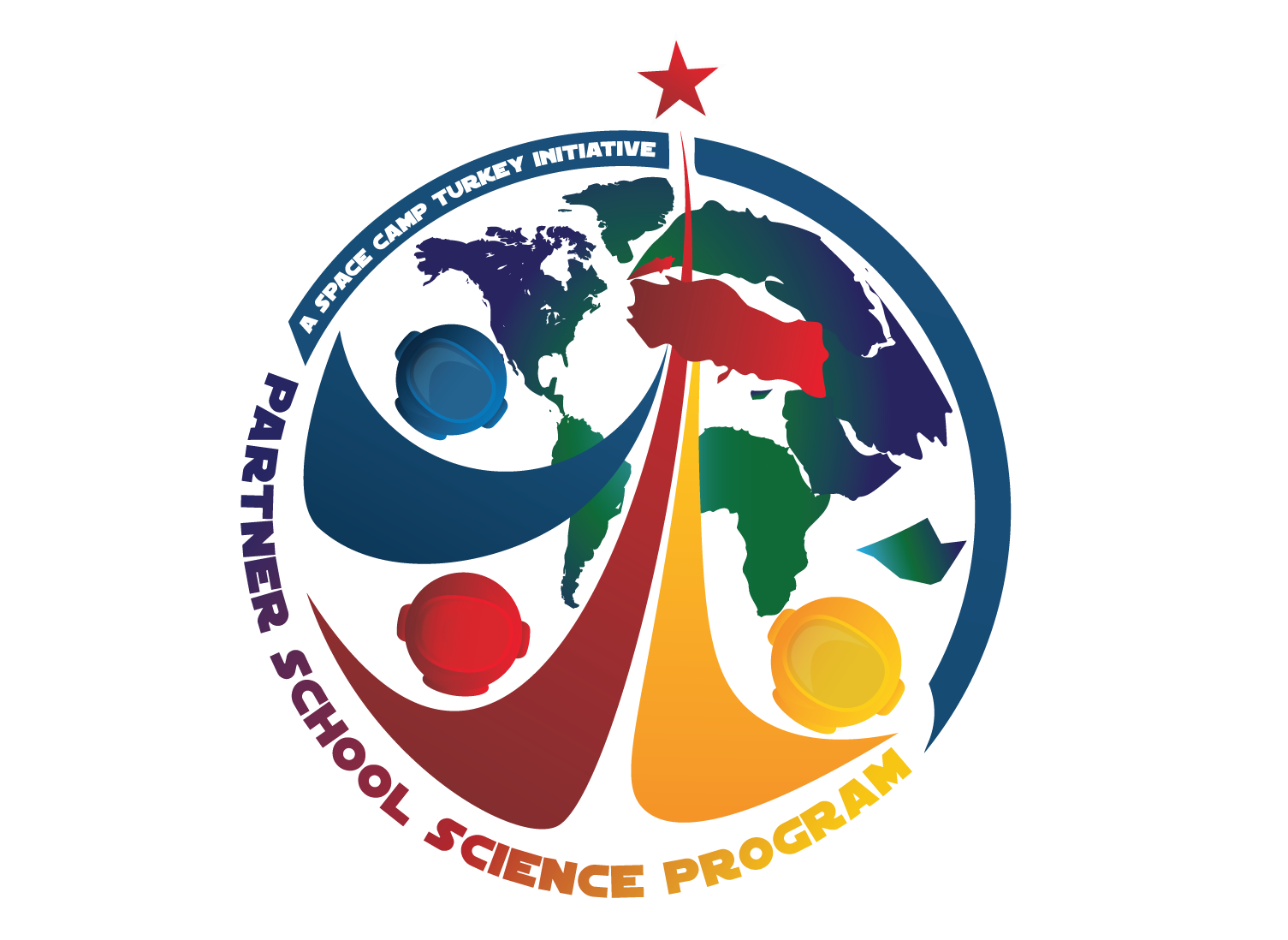- A robust internet connection is crucial for maintaining high-quality video conferences.
- When a school possesses videoconferencing capabilities, the PSSP teacher should collaborate with the technical expert responsible for setup.
- Using a television screen to project the image, it is usually divided into 3-4 sections so that students will see themselves, the Distance Learning Expert, and their partner school students at the same time. If there is no large television, it is advisable to attach the computer to a projector so that the images are not too small.
- Share detailed information about the PSSP schedule, created in collaboration with the partner school, with the Distance Learning Expert
- Working on all the topics below is optional; it is not mandatory.


Videoconferences
Videoconferences serve as a powerful conduit for fostering global connections among schools in disparate countries, offering students a distinctive chance to virtually meet "face-to-face" and imbue their partnerships with a personalized and meaningful touch. The potential of such interactions is vast, as students not only transcend geographical boundaries but also forge bonds that extend beyond the digital realm. However, harnessing the full benefits of these videoconferencing opportunities demands meticulous planning and seamless coordination. Specifically tailored for those participating in the Global Friendship Through Space Education (GFTSE) program, this guide seeks to equip educators with the tools and strategies necessary to ensure the success of their videoconferencing experiences.
General
“Meet and Greet” Videoconference
- Marks the first videoconference in the collaboration.
- Coordination of details for "Meet and Greet " videoconference happens between the two teachers. The primary challenge stems from the time difference between the U.S. and Europe or the Middle East.
- Arrangement for a "Meet and Greet " videoconference follows at least two rounds of email exchanges between students.
- Seek assistance from the Distance Learning Expert if needed.
- Establish the date of the videoconference; "Meet and Greet " sessions commonly last 45 minutes.
- Conduct a test videoconference the week before the actual session if feasible.
- Instruct students to prepare specific questions in advance, written on note cards for confidence during the videoconference.
- Extending invitations to school stakeholders, including principals, teachers, and parents, fosters support.
- These sessions are usually enjoyable, with students waving and exchanging greetings with their new "E-Pals. "
- After the videoconference, inform the Distance Learning Expert about the time and date of your videoconference and some details about how it went and any problems that you experienced.
Pre-Videoconference
- Inform the Distance Learning Expert of two alternative dates and times for a test videoconference.
- Test videoconferences, ideally done a week before the real session, allow time to troubleshoot issues. A similar day/time for the test isn 't necessary for partnered schools
- Inform the Distance Learning Expert of two alternative dates and times for the actual videoconferences, in order of preference.
- Once the dates for both the test videoconference and the actual videoconference have been accepted, the Distance Learning Expert communicates details to each school.
- Finalize all education packages related to the chosen topic before the videoconference.
- Prepare for the first videoconference by utilizing the Digital Learning Center’s “What it Takes to Have a Successful Videoconference” from the GFTSE website.
- The Distance Learning Expert permits the students to ask questions during each videoconference, time permitting. Prepare five questions and designate which students to ask each question.
- Students are advised to formulate questions on cards for reference during the videoconference.
Videoconferencing with the Distance Learning Expert
- Qualification for partner schools depends on completing the required educational packages.
- Selecting educational packages in curriculum order allows diversified email sharing on the chosen topic.
- Prompt initiation of scheduling for the initial three-way videoconference is recommended.
- Collaborative selection of three alternative times and dates, prioritized based on mutual availability, is essential.
- Ensure proposed dates align with school holidays, religious holidays, examination dates, and other relevant considerations.
- Appointments for video conferences must be made at least 36 hours in advance.
During Videoconference
- Teachers introduce themselves and their schools.
- Students present their projects to the partner school and the Distance Learning Expert.
- Each school allocates no more than 10 minutes for their project presentation, ensuring ample student participation.
Post Videoconference
- After the videoconference, provide feedback, including information about how the session went and any difficulties encountered, in the evaluation form that will be sent.
- Follow GFTSE’s post-event activities suggestions.
- Maintain a record of videoconferences, including photos, videos, and students’ comments. GFTSE utilizes these materials to enhance the Global Friendship website.
Each video conference serves as a crucial building block in constructing a bridge to global understanding, connecting students across borders, and fostering a common fabric of knowledge and collaboration.
